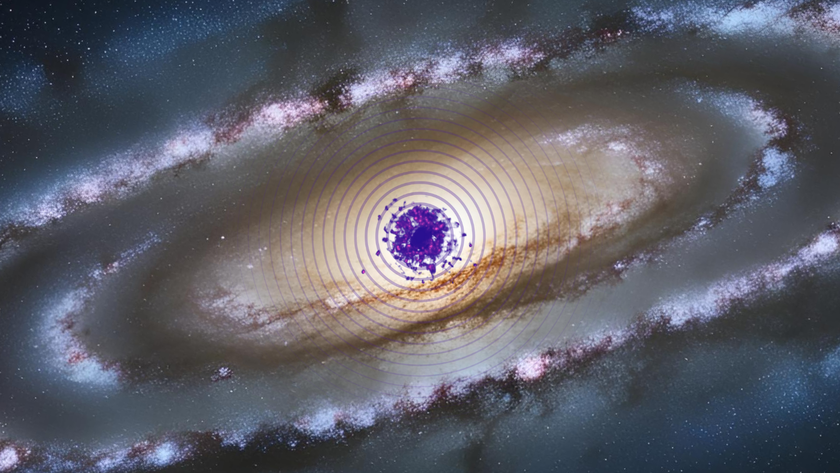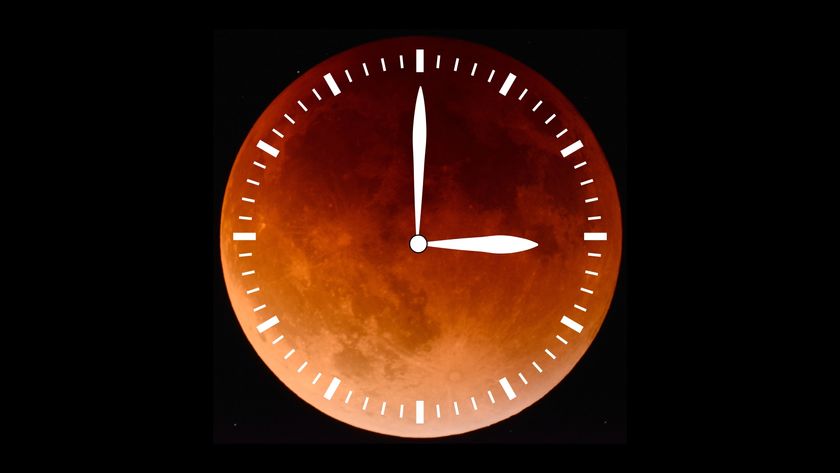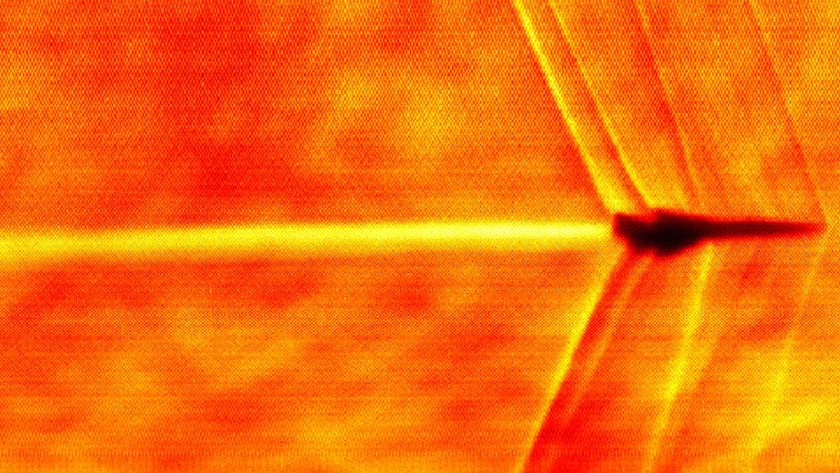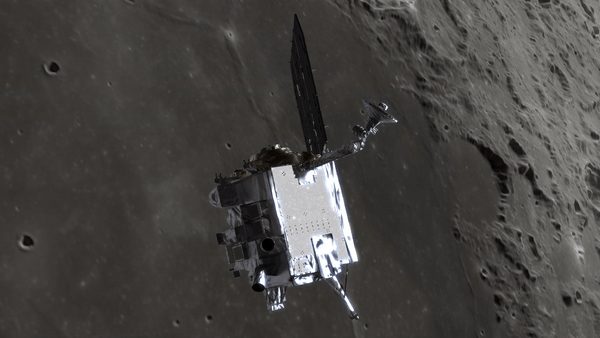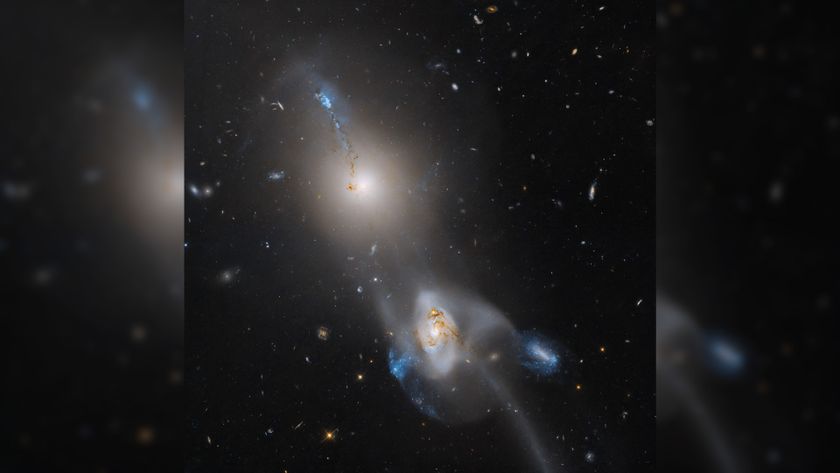How Did the Universe Get Its Stars? An Astronomical Puzzle
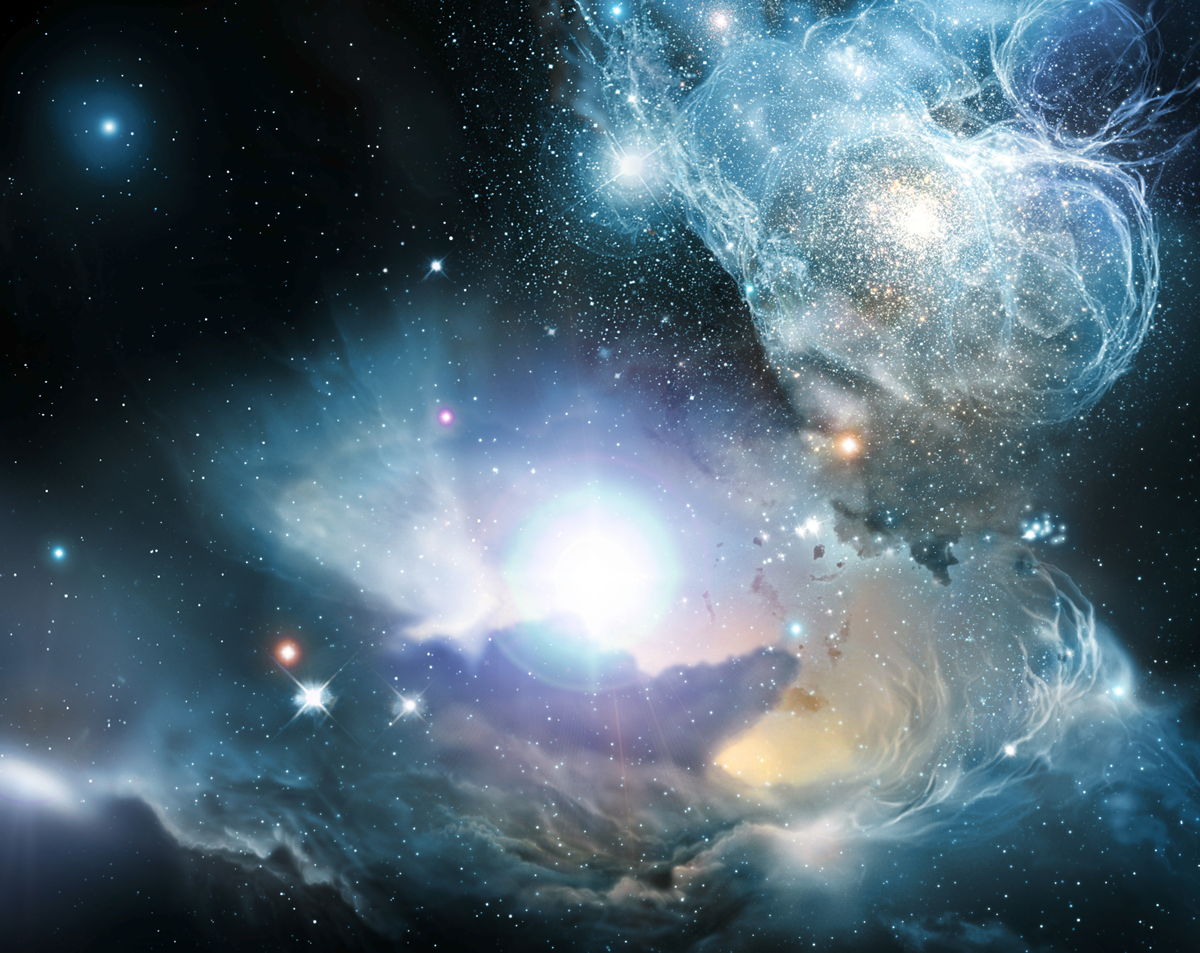
Astronomers have come a long way in understanding how stars form today, but the question of how the universe's first stars formed is an enduring mystery. While the topic remains complex and confusing, researchers say they hope to make strides in the near future with new and improved computer models and telescopes.
"How star formation began is very much a controversial question," said astronomer Mordecai-Mark Mac Low of the American Museum of Natural History in New York, who wrote a paper featured in the journal Science today (June 27). "And it's an important one."
Once, there were no stars at all. The universe was an almost uniform expanse of undifferentiated gas. Eventually — perhaps a few million years in, scientists estimate — the first stars began to form, and the rate of star birth reached a peak about 3.8 billion years after the Big Bang (10 billion years ago), when stars were forming at about 10 times the rate they do today. [The Universe: Big Bang to Now in 10 Easy Steps]
Understanding how this process took place back then is difficult because the universe was a vastly different place. For one thing, it was much denser, with matter packed much more tightly together, making it easier for gas to reach the critical density necessary for it collapse in on itself under gravity and ignite nuclear fusion.
Furthermore, stars have changed the universe, dispersing elements throughout it that they alone can create.
"Without stars, you have no metals, no elements heavier than helium or lithium, and none of the elements you need for life," Mac Low told SPACE.com. "Carbon, nitrogen and oxygen all formed in stars."
The advent of these elements in the universe changed the conditions for star formation, affecting the way gas cools and collapses.
Get the Space.com Newsletter
Breaking space news, the latest updates on rocket launches, skywatching events and more!

While scientists understand many of the reasons primordial star formation was different than star formation today, they often have trouble modeling the process in computer simulations. One issue is that these simulations are not able to drill down into enough detail to accurately calculate what's happening — it's akin to lacking fine-enough resolution in a photograph.
"This is like pixels in a camera," Mac Low said. "If you have an object that's like 3 or 4 pixels large, it just comes out as a blur. That's exactly the problem we have here."
For example, the resolution problem prevents models from maintaining the correct amount of extremely hot gas present in a system, and from simulating how hot gas gloms on, or accretes, onto galaxies, he said.
In the near future, though, theorists hope to make inroads by using beefed-up simulations on more and better supercomputers.
"Bigger, better models are actually starting to directly penetrate into the regime that I'm discussing," Mac Low said. "The combination of more efficient use of existing machines and new machines becoming available" will help as well, he added.
From the observational side, astronomers hope to clarify the picture of early star formation by peering back through space and time to see the first stars and galaxies, and get a better picture of how many of them existed at early epochs. This will be enabled by new telescopes just coming online, such as the Atacama Large Millimeter/submillimeter Array, or ALMA observatory, in Chile's Atacama Desert and instruments classified as "Extremely Large Telescopes" being built around the world.
"You have an incredible suite of instruments coming online that are going to pretty directly address these questions," Mac Low said. Astronomers might even get lucky and be able to use large massive objects such as galaxy clusters as cosmic magnifying glasses, taking advantage of the effects of general relativity to see distant objects behind them that would otherwise be invisible. Such a lens may reveal the universe's very first galaxies.
With any luck, scientists should have a lot more to say about the origin of stars in coming years.
Follow Clara Moskowitz on Twitter and Google+. Follow us @Spacedotcom, Facebook and Google+. Original article on SPACE.com.
Join our Space Forums to keep talking space on the latest missions, night sky and more! And if you have a news tip, correction or comment, let us know at: community@space.com.

Clara Moskowitz is a science and space writer who joined the Space.com team in 2008 and served as Assistant Managing Editor from 2011 to 2013. Clara has a bachelor's degree in astronomy and physics from Wesleyan University, and a graduate certificate in science writing from the University of California, Santa Cruz. She covers everything from astronomy to human spaceflight and once aced a NASTAR suborbital spaceflight training program for space missions. Clara is currently Associate Editor of Scientific American. To see her latest project is, follow Clara on Twitter.

